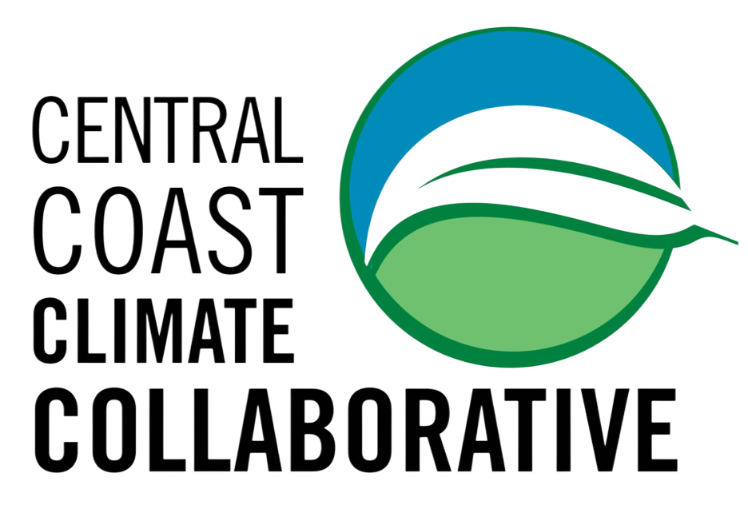About 4C
The Central Coast faces interconnected challenges, including ecosystem degradation, economic inequality, and social divisions, all exacerbated by climate threats such as sea level rise, wildfires, drought, and decreasing water supply. These issues often cross existing boundaries, making regional collaboration essential. 4C addresses these challenges by uniting local governments, communities, nonprofits, businesses, academia, and tribes to advance climate solutions and build resilience. It serves as an information hub and capacity builder, tracking funding opportunities, offering training, and hosting convenings to connect stakeholders across the region. Through these efforts, 4C works to promote equitable access to climate solutions and advocates for the unique needs of the Central Coast.
Mission
4C is an organizing platform that bridges across sectors and scales to catalyze and advance equitable climate solutions throughout the Central Coast.
Strategic Vision
4C’s core role is to center justice and equity as we convene and connect across sectors to advance climate solutions and build the resilience capacity of the Central Coast.
